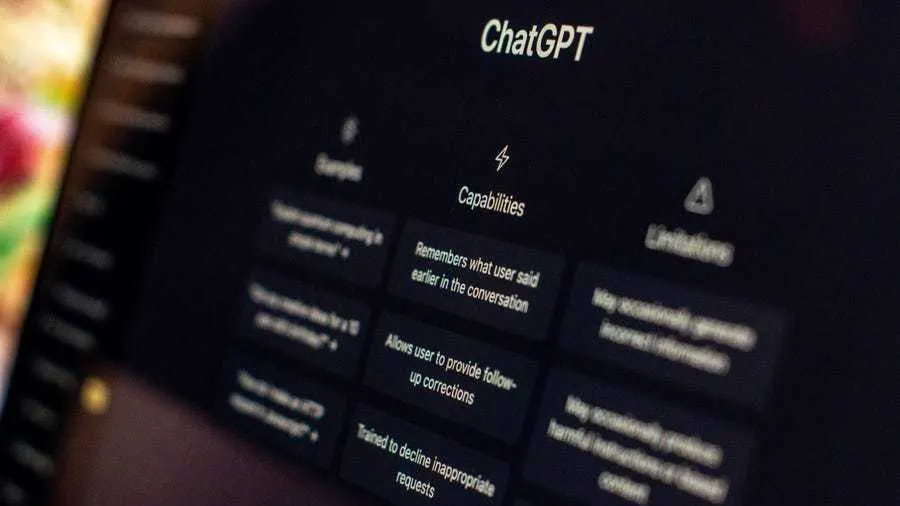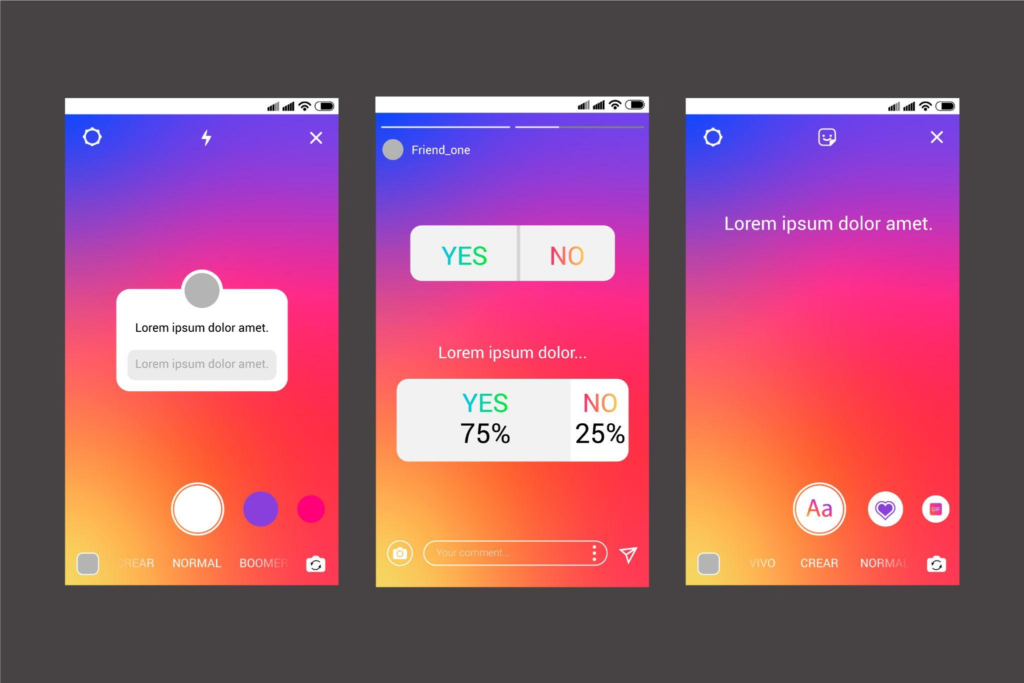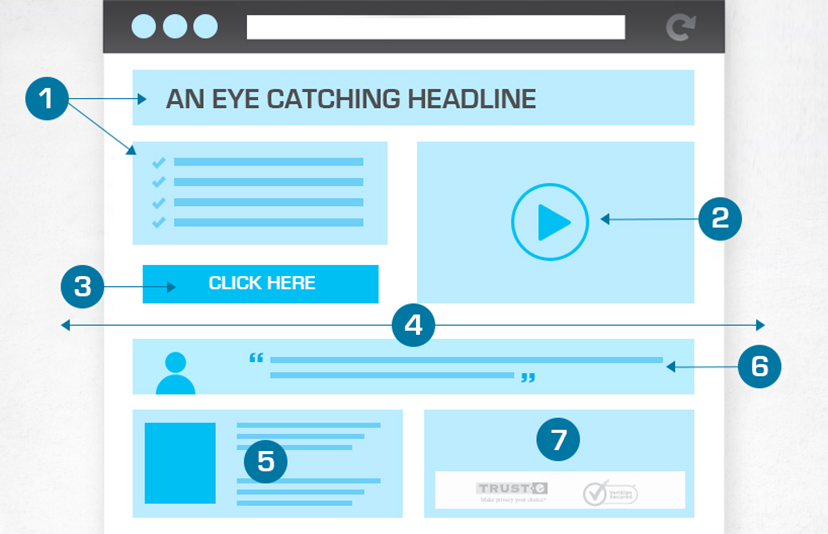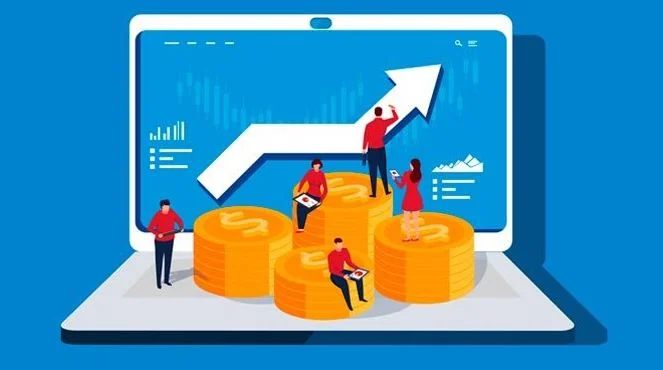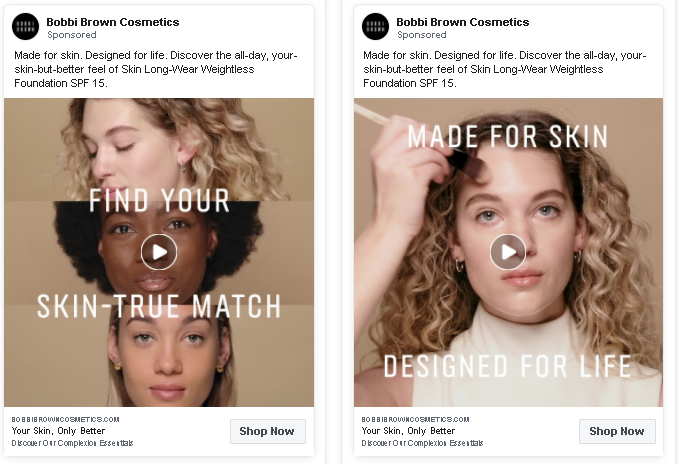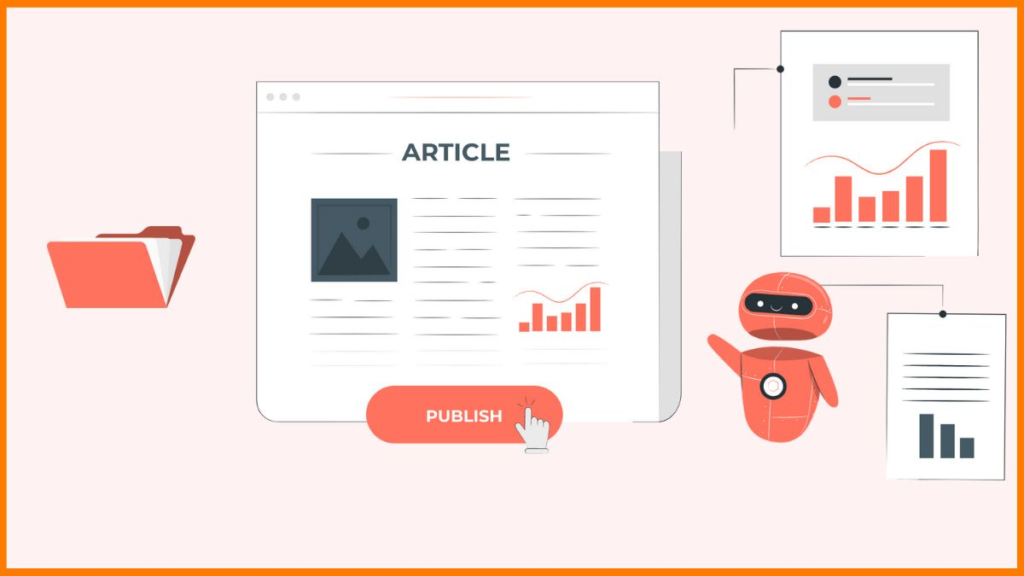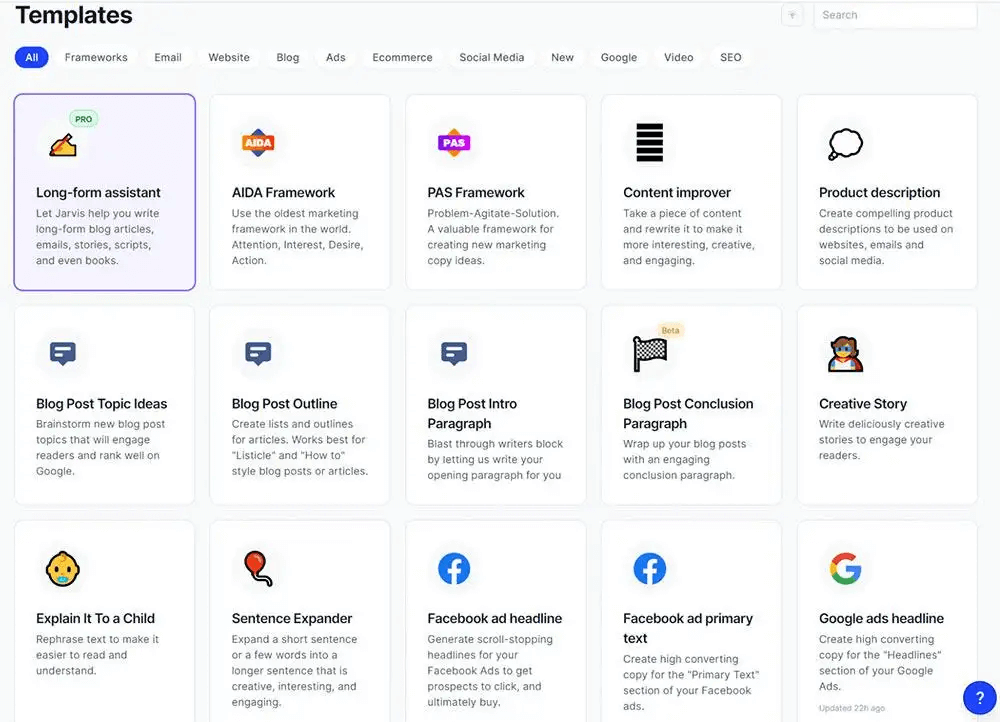Only Article you need to learn all about Direct-to-Consumer (D2C) Marketing with ChatGPT
Direct-to-consumer (D2C) marketing has seen a phenomenal rise in recent years, reshaping the way businesses connect with their customers. With the emergence of advanced technologies, such as ChatGPT, digital marketing has entered a new era of personalization and efficiency. In this blog, we’ll explore how D2C brands can harness the power of ChatGPT to enhance their marketing efforts across various digital channels. The Rise ofDirect-to-Consumer (D2C) Marketing Traditionally, most consumer goods reached customers through intermediaries like retailers, distributors, and wholesalers. However, the rise of D2C marketing marks a significant shift in this paradigm. D2C brands, like Dollar Shave Club and Warby Parker, have been successful in cutting out the middleman and establishing direct relationships with their consumers. The Role of AI in Transforming Digital Marketing Artificial Intelligence (AI) has been a game-changer in the world of digital marketing. It enables brands to analyze vast amounts of data, personalize customer experiences, and automate various marketing tasks. ChatGPT, powered by OpenAI’s language model, is a notable example of AI technology that has immense potential in the marketing sphere. ChatGPT in D2C Marketing How ChatGPT Works When you input a text prompt or question into ChatGPT, it processes the information and generates a coherent response. Here is a trick to use effectively to get better output. Understand with Example Your D2C brand operates in the fashion industry, and a customer asks, You run a D2C company specializing in organic skincare products, and you want to use ChatGPT to engage with customers and provide personalized product recommendations. Prompt: “Hi there! I’m interested in exploring your product range, especially your skincare products. Can you provide me with a detailed comparison of your top three organic moisturizers? I’m looking for insights on their unique features, pricing, and any pros and cons. Additionally, could you recommend one that’s perfect for sensitive skin?” Building a Strong Foundation Before diving into the world of D2C marketing with ChatGPT, it’s imperative to lay down a solid foundation. As an experienced marketer, you know that success in this field is not just about the tools you use but the strategy and goals you set. Let’s explore how to do that. A. Setting Clear D2C Marketing Goals Setting clear and measurable goals is the starting point of any successful marketing strategy. These objectives should be specific, attainable, and aligned with your overall business objectives. For example: Example 1: Let’s say you’re managing marketing for a D2C fashion brand. Your goal might be to increase online sales by 20% within the next six months. Example 2: If you’re in charge of a subscription box service, you may aim to boost customer retention by reducing churn rates by 15% over the next quarter. Prompts: What are the main objectives of your D2C marketing efforts? Are your goals specific and measurable? How do your marketing goals align with your overall business objectives? B. Identifying Target Audiences Understanding your target audience is fundamental to the success of your D2C marketing efforts. This involves creating detailed buyer personas that outline the demographics, interests, and pain points of your ideal customers. For instance: Example 1: If your D2C brand sells fitness supplements, you might have personas for the “Fitness Enthusiast” who’s interested in performance improvement and the “Weight Watcher” looking for weight loss solutions. Prompts: Who is your ideal customer, and what are their characteristics? What challenges or needs do your target audience have that your products can address? How do your personas inform your marketing strategy? C. Defining Key Performance Indicators (KPIs) Key Performance Indicators are the metrics you’ll use to track the success of your D2C marketing campaigns. Your choice of KPIs should be closely tied to your marketing goals. Here are some KPIs relevant to D2C marketing: Example 1: If you’re aiming to increase online sales, track metrics like Conversion Rate, Average Order Value, and Customer Acquisition Cost (CAC). Prompts: What metrics are most relevant to your D2C marketing goals? How will you track and measure these KPIs effectively? What benchmarks or targets do you want to achieve for each KPI? IV. Crafting a D2C Marketing Strategy By combining the power of ChatGPT with your expertise, you can create a strategy that resonates with your audience and delivers tangible results. Let’s delve into the intricacies of crafting a robust D2C marketing strategy. A. Choosing the Right Digital Channels One of the initial decisions in building a D2C strategy is choosing the right digital channels. This is where you’ll interact with your audience and convey your brand’s message. Here are some examples of how ChatGPT can help on various channels: Social Media:Imagine you run a D2C fashion brand. ChatGPT can assist in creating engaging social media posts, offering fashion tips, and answering questions. It can analyze trending topics and provide insights to keep your social content relevant. Email Marketing: Let’s say you’re a subscription box service. ChatGPT can personalize email campaigns by suggesting content or product recommendations based on individual subscriber preferences. For example, “Hi [Subscriber Name], we thought you might like this month’s selection of [Product].” Content Marketing:Whether it’s blog writing, SEO optimization, or video script creation, ChatGPT can be your content partner. For instance, if you’re in the health and wellness niche, ChatGPT can generate informative blog posts about “The Benefits of a Healthy Lifestyle.” PPC Advertising: In the highly competitive world of paid advertising, ChatGPT can help by generating dynamic ad copy, suggesting keywords, and optimizing ad campaigns. For a fitness brand, this could mean crafting compelling ad copy like “Achieve Your Fitness Goals with Our Expert-Backed Programs.” Influencer Marketing: Working with influencers can be a game-changer. ChatGPT can assist in identifying suitable influencers, creating collaboration proposals, and analyzing the effectiveness of influencer campaigns. For example, it could help you find a fitness influencer whose values align with your brand’s mission. B. Creating Engaging Content Content is king, and creating content that engages your audience is pivotal. ChatGPT can help in various ways: Personalized Product Recommendations: If you’re a D2C e-commerce store,
Only Article you need to learn all about Direct-to-Consumer (D2C) Marketing with ChatGPT Read More »

